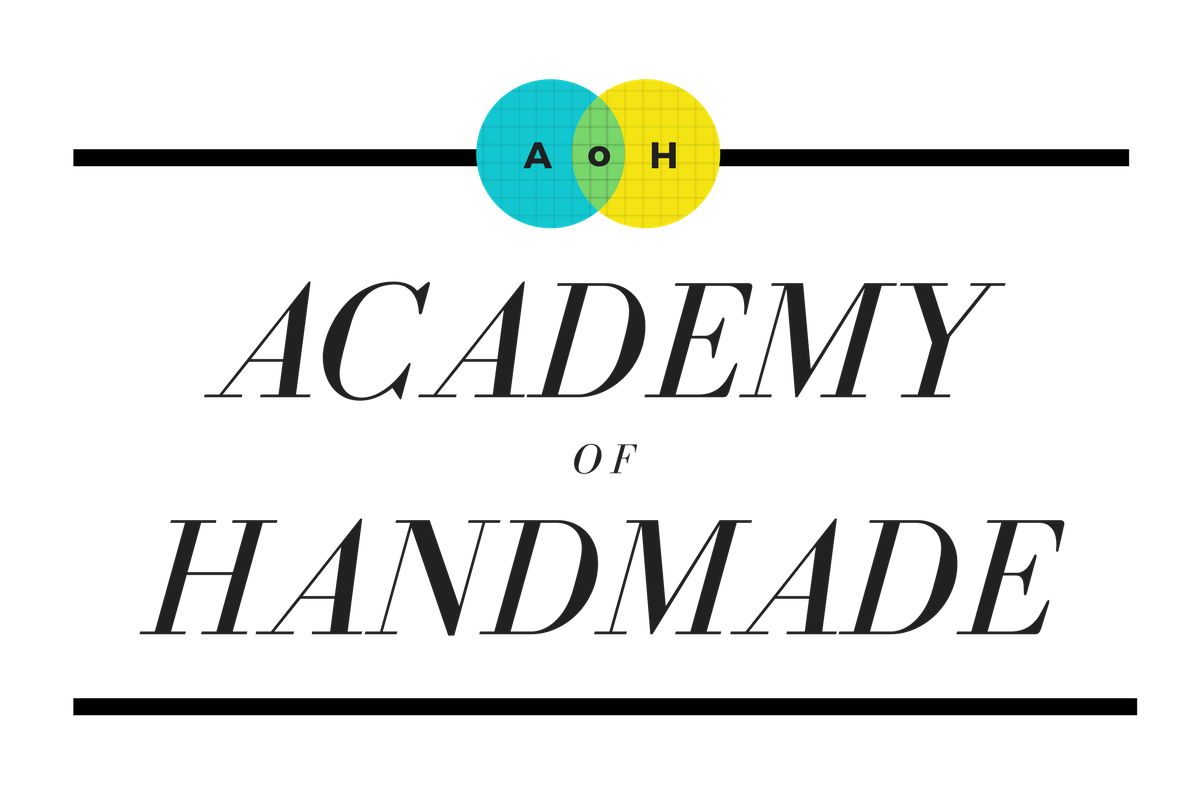#ahasmember and owner of Montrose Leather Works, Jeric Arpon discovered early in his maker career how fostering clear communication can build better collaborations. Through a less than ideal experience, he developed a simple process that has helped him stay true to his brand and engage only in collaborations that will be mutually beneficial. He shares his experience with us today.
Q: Tell us about yourself and what you make!
A: Hi. My name is Jeric Arpon and I'm the maker and owner of Montrose Leather Works. Montrose Leather Works specializes in crafting leather accessories for an active lifestyle. I've been designing and creating leather goods since 2011.
Everything I do is hand crafted, meaning that from beginning to end just about everything I do is all made with hand tools. Originally, I only made leather things for myself but soon family and friends started to take interest so I started to make things for them. After that I slowly started to expand attending local craft shows and opening up a web store.
Q: What helped shape the way you approach collaborative projects/efforts?
A: I think the best collaborative projects/efforts result from mutual admiration. Participating in craft shows and being active on social media has introduced me to so many other vendors and artisans whose work is similar or compatible to my own and who I admire. It's allowed me to form relationships with other people I might not have otherwise been able to connect with.
Q: What happened during this early collaboration and what do you think made it feel not so collaborative or fulfilling for you?
A: I was approached by another vendor to design and produce a leather component for a new good they were developing. This was an exciting opportunity and design idea for me and I was eager to work on the project. Unfortunately, I don't think I took the time to ask the right questions or to identify what exactly our individual roles would be -- I thought this was more of a collaboration and it turned out to be a commission.
Ultimately, the product was very successful and production timelines became unmanageable for me. Although I was proud of the design, it wasn't a satisfying project for me -- it didn't feel like a collaboration. But I am glad I had that experience because it reminded me of why I became a maker in the first place and that's to create and work on projects I truly enjoy.
Q: Looking back, what would you have done differently?
A: Communication. I think I would have managed expectations and timelines better --- I would have communicated off the bat more clearly what I was capable of producing and what my expectations of the project were.
Although it may seem very beneficial to be able to work with another maker you admire it's very important to know if you can actually work with that outside party and if the project is something you’re both on the same page about. Sometimes saying NO is better than saying YES.
Q: How do you decide what collaborations to pursue or not pursue?
A: First, I consider whether or not my brand fits with the other party's brand. It's difficult enough to keep brand consistency within my own business it can be challenging to find cohesiveness when working with someone else. Secondly, I consider location. Collaborations tend to be much easier when the parties are in the same place. If I want to collaborate on a project with someone on the East Coast, it's going to be much more challenging than if I were to collaborate with someone in California. And, even then, if they're not in Los Angeles that could pose some issues.
Q: How are you using what you learned in your business today?
A: I approach every collaboration with the same question -- it could be a great opportunity, but is it the right opportunity for me and my business?
Q: What advice would you give makers who would like to start collaborating with others for the first time?
A: Know your brand and stick with what you know. A successful collaboration is when two parties work compliments each other.
Q: Where can people find you?
Main Site
Etsy
Facebook
Instagram



